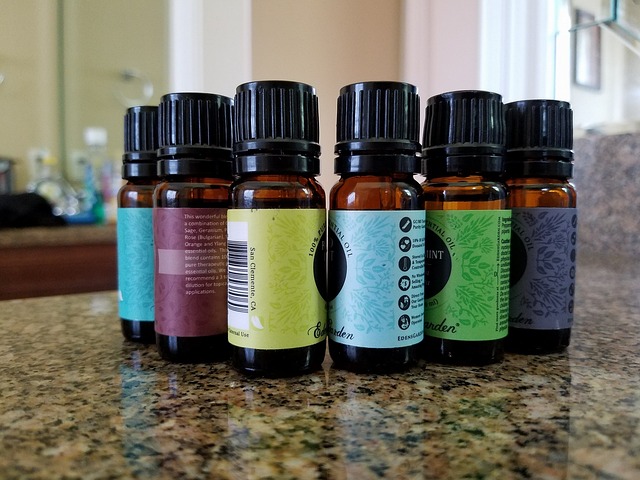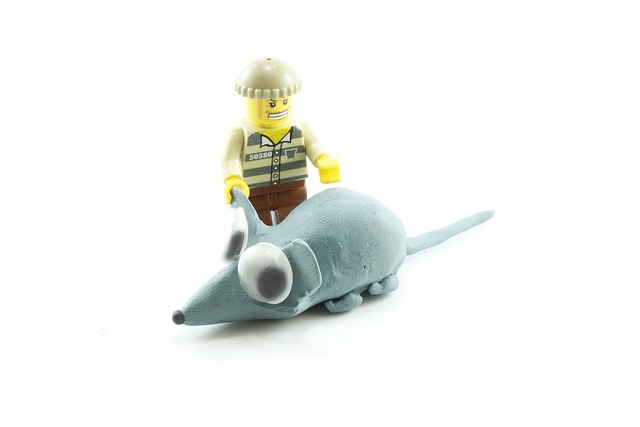Introduction to Polymer Clay Jewelry
Polymer clay jewelry making is a fantastic hobby that allows you to express your creativity and craft unique, personalized accessories. Imagine turning a block of colorful clay into wearable art – that's the magic! Polymer clay is a versatile, oven-bakeable modeling material available in a vast spectrum of colors and finishes, ideal for creating earrings, necklaces, bracelets, and more. This guide will walk you through the fundamentals, providing the knowledge and inspiration to begin your creative journey.
Essential Tools and Materials

Before you begin, gathering the right tools and materials will make your crafting experience smoother and more enjoyable. Here’s what you'll typically need:
- Polymer Clay (various colors; consider brands like Sculpey Premo, Fimo Professional, or Kato Polyclay for durability)
- Clay Conditioning Machine (pasta machine dedicated to clay) *or* a sturdy Acrylic Roller
- Work Surface (ceramic tile, glass mat, or parchment paper)
- Cutting Tools (tissue blade, craft knife, shape cutters)
- Accurate Oven Thermometer (essential for correct baking)
- Baking Surface (ceramic tile or baking sheet lined with parchment paper or cardstock)
- Dedicated Craft Oven or Toaster Oven (recommended to avoid using your food oven)
- Jewelry Findings (earring hooks/posts, jump rings, necklace chains, bails)
- Pliers (round nose, flat nose, and wire cutters for jewelry assembly)
- Sandpaper (wet/dry sandpaper in various grits, e.g., 400, 600, 800, 1000)
- Varnish or Sealant (optional, water-based polyurethane recommended for protection and finish)
Conditioning Your Clay: The Vital First Step
Fresh polymer clay needs conditioning before use. This process softens the clay, distributes its components (plasticizers) evenly, improves flexibility, and prevents cracking during baking. Think of it like kneading bread dough – it develops the material's structure. Here’s how:
- Cut off a manageable portion of clay.
- Warm the clay in your hands, then begin kneading, stretching, and rolling it. Alternatively, repeatedly pass a flattened piece through your clay conditioning machine on the thickest setting, folding it in half each time.
- Continue until the clay is smooth, pliable, slightly warm, and doesn't crumble or crack when bent. This might take several minutes.
- Properly conditioned clay feels workable and holds detail well.
Basic Techniques: Shaping and Baking
With your clay conditioned, the creative part begins! Explore different shaping techniques:
- Rolling smooth beads or coils
- Using shape cutters for uniform pieces
- Sculpting freehand shapes and details
- Creating color blends (skinner blends) or marbling effects
- Impressing textures using stamps, fabric, or found objects
Once shaped, your pieces need baking (curing) to harden permanently. Precision is crucial:
- Preheat your oven (ideally a dedicated craft oven) with the oven thermometer inside. *Always* follow the temperature specified on your specific clay package (typically 230-275°F / 110-135°C).
- Place your clay pieces on your baking surface (e.g., ceramic tile, cardstock on a baking sheet). 'Tenting' with foil can help prevent browning.
- Ensure your baking area is well-ventilated.
- Bake for the time recommended by the manufacturer, usually 30-60 minutes per 1/4 inch (6mm) of thickness. Baking longer at the correct temperature is generally better than underbaking.
- Allow pieces to cool completely inside the oven or on the baking surface before handling. They fully harden as they cool.
Finishing Your Polymer Clay Pieces
After cooling, enhance your creations with finishing techniques for a professional look:
- **Sanding:** Smooth rough edges or surfaces using wet/dry sandpaper. Start with a coarser grit (e.g., 400) and progress to finer grits (e.g., 600, 800, 1000+). Sanding under a trickle of water or in a shallow dish of water minimizes dust and gives a smoother result.
- **Buffing:** After fine sanding, buff vigorously with a soft cloth (like denim or microfiber) or a rotary tool with a buffing wheel for a subtle, beautiful sheen.
- **Sealing (Optional):** Apply a compatible clear sealant or varnish (water-based polyurethanes are popular) for added durability and a glossy or matte finish. Apply thin coats, letting each dry completely.
Assembling Your Jewelry
The final stage is transforming your cured clay components into wearable jewelry. Use jewelry pliers to open and close jump rings correctly (twist open, don't pull apart). Attach earring hooks, posts, necklace chains, or cords. Consider embedding eye pins or loops directly into the clay *before* baking for stronger connection points, especially for pendants and charms.
